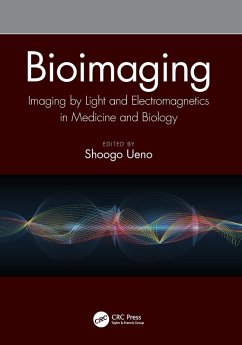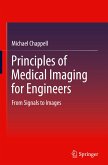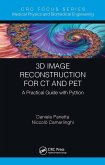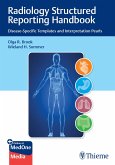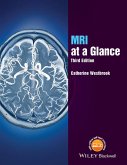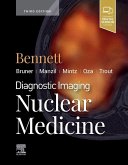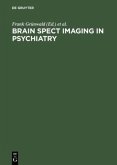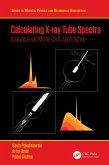Choice Recommended Title, April 2021
Bioimaging: Imaging by Light and Electromagnetics in Medicine and Biology explores new horizons in biomedical imaging and sensing technologies, from the molecular level to the human brain. It explores the most up-to-date information on new medical imaging techniques, such as the detection and imaging of cancer and brain diseases.
This book also provides new tools for brain research and cognitive neurosciences based on new imaging techniques. Edited by Professor Shoogo Ueno, who has been leading the field of biomedical imaging for 40 years, it is an ideal reference book for graduate and undergraduate students and researchers in medicine and medical physics who are looking for an authoritative treatise on this expanding discipline of imaging and sensing in medicine and biology.
Features:
Provides step-by-step explanations of biochemical and physical principles in biomedical imaging
Covers state-of-the art equipment and cutting-edge methodologies used in biomedical imaging
Serves a broad spectrum of readers due to the interdisciplinary topic and approach
Shoogo Ueno, Ph.D, is a professor emeritus of the University of Tokyo, Tokyo, Japan. His research interests include biomedical imaging and bioelectromagnetics, particularly in brain mapping and neuroimaging, transcranial magnetic stimulation (TMS), and magnetic resonance imaging (MRI). He was the President of the Bioelectromagnetics Society, BEMS (2003-2004) and the Chairman of the Commission K on Electromagnetics in Biology and Medicine of the International Union of Radio Science, URSI (2000-2003). He was named the IEEE Magnetics Society Distinguished Lecturer during 2010 and received the d'Arsonval Medal from the Bioelectromagnetics Society in 2010.
Bioimaging: Imaging by Light and Electromagnetics in Medicine and Biology explores new horizons in biomedical imaging and sensing technologies, from the molecular level to the human brain. It explores the most up-to-date information on new medical imaging techniques, such as the detection and imaging of cancer and brain diseases.
This book also provides new tools for brain research and cognitive neurosciences based on new imaging techniques. Edited by Professor Shoogo Ueno, who has been leading the field of biomedical imaging for 40 years, it is an ideal reference book for graduate and undergraduate students and researchers in medicine and medical physics who are looking for an authoritative treatise on this expanding discipline of imaging and sensing in medicine and biology.
Features:
Provides step-by-step explanations of biochemical and physical principles in biomedical imaging
Covers state-of-the art equipment and cutting-edge methodologies used in biomedical imaging
Serves a broad spectrum of readers due to the interdisciplinary topic and approach
Shoogo Ueno, Ph.D, is a professor emeritus of the University of Tokyo, Tokyo, Japan. His research interests include biomedical imaging and bioelectromagnetics, particularly in brain mapping and neuroimaging, transcranial magnetic stimulation (TMS), and magnetic resonance imaging (MRI). He was the President of the Bioelectromagnetics Society, BEMS (2003-2004) and the Chairman of the Commission K on Electromagnetics in Biology and Medicine of the International Union of Radio Science, URSI (2000-2003). He was named the IEEE Magnetics Society Distinguished Lecturer during 2010 and received the d'Arsonval Medal from the Bioelectromagnetics Society in 2010.
"Ueno (Univ. of Tokyo) has assembled an impressive team of renowned experts in the field of bioimaging to contribute to this work. A reference book focused on imaging using light and magnetic resonance to visualize biological processes is significant, as these techniques are finding application in many areas of medicine and biology. Each of the 11 chapters covers a different topic, ranging from optical fluorescence imaging probes and Raman scattering to magnetic resonance imaging. The strength of the work is its presentation of basic principles and detailed instrumentation for each bioimaging technique. The balance between written explanation and mathematical description is suitable. Throughout the text there are hundreds of useful references. The figures are easy to understand and nicely complement the text. Each entry is well written and accessible to non-experts in the field. Summing Up: Recommended. Lower- and upper-division undergraduates. Graduate students, faculty, and professionals.
-L. S. Cahill, Memorial University of Newfoundland in CHOICE, April 2021."
-L. S. Cahill, Memorial University of Newfoundland in CHOICE, April 2021."

